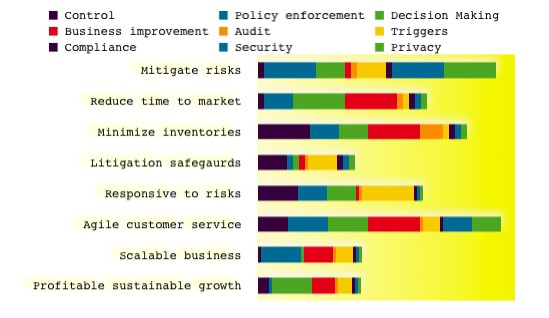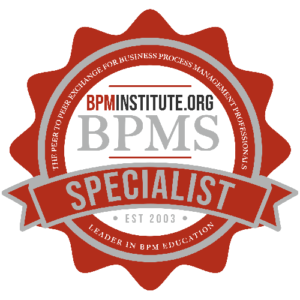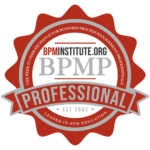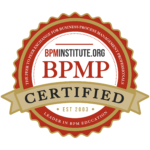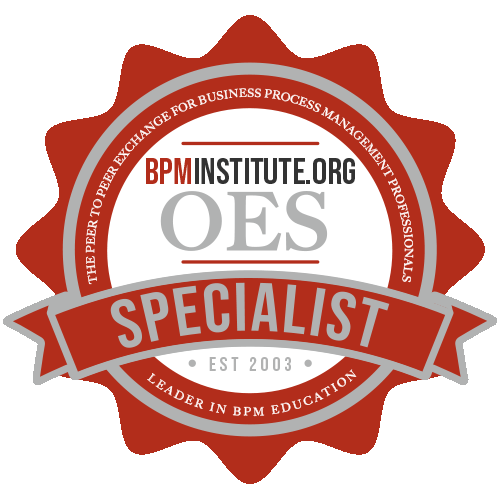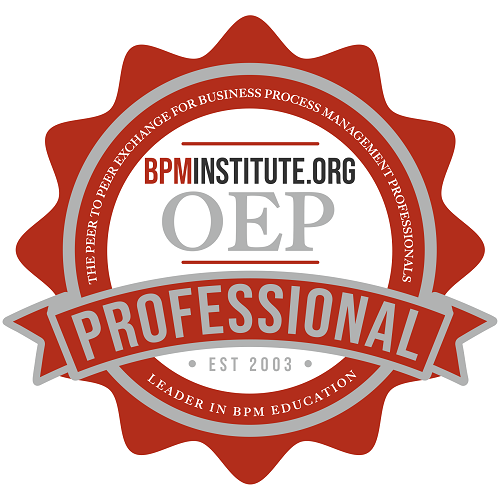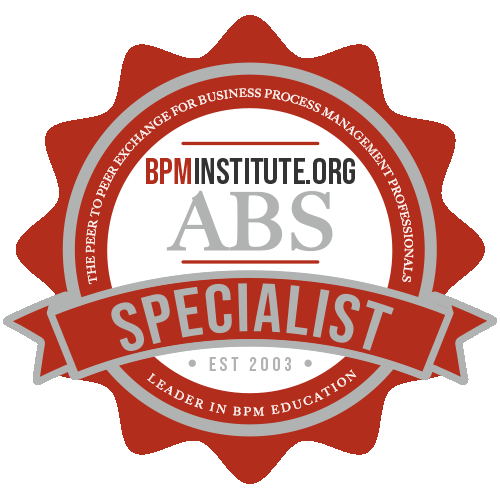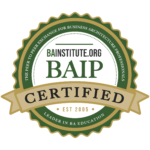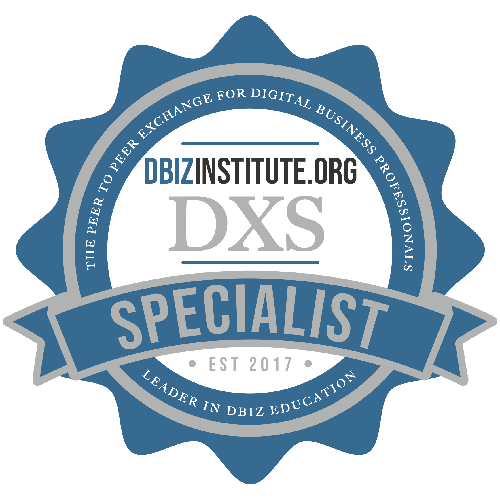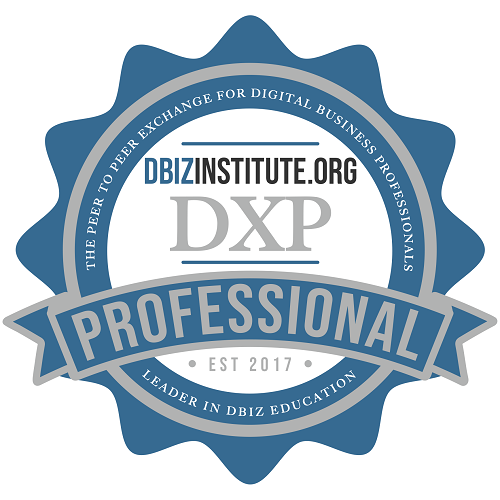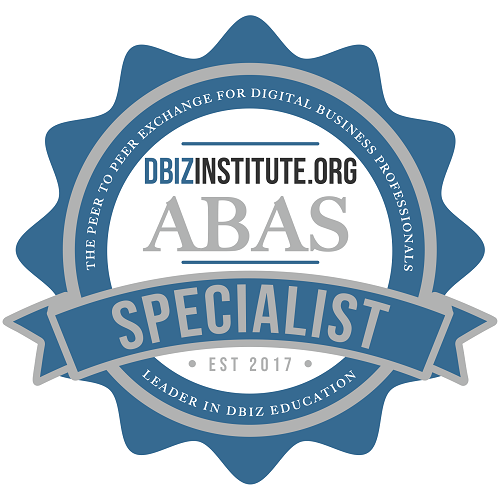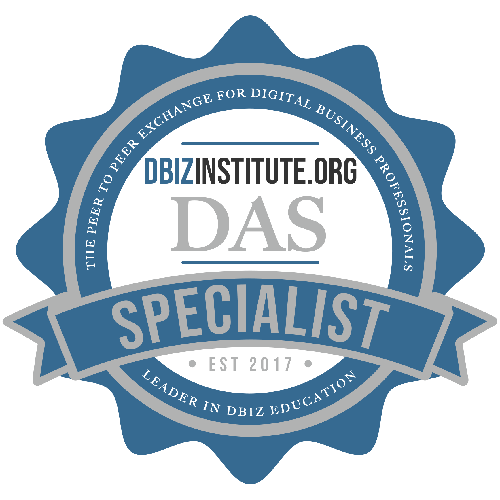As much as business drivers cannot be divorced from an effective and successful supply chain, the same is true for Business Process Management (BPM) that could help raise the bar for supply chain.
Supply chain in Organizations are very complex with numerous distribution types and channels, in house and outsourced factories, third party warehouses, logistics and suppliers with varied contracts, etc. Enterprise Resource Planning (ERP) software enabling supply chains greatly increase the availability of current information. Having timely access to information doesn’t always help to understand the system, nor would it help Page 1 of 1move the organization in the direction of its goal or keep aligned to the continually changing business drivers environment. With the high cross functional dependencies in organizations it is quite impossible for the human mind to fully comprehend and predict the dynamics of a complex supply chain system by itself and add to it the dynamics of changing business drivers it becomes challenging to stay tuned to the set out goals. Incorporating business drivers into the business process model help ensure staying tuned in achieving organizational goals leading to an effective BPM system by making better management decisions at multiple levels.
In effect, a well-designed supply chain must be flexible and fully capable of adapting to a wide range of past trends and potential futures that impact the business drivers and in doing so dynamically fine-tune supply chain. Therefore, any BPM solution that incorporates business drivers of the supply chain must account for the past trends and possible futures by providing a means of incorporating uncertainty into BPM modeling.
Organizations need to continuously move in directions that are influenced by internal or external requirements as determined by the business drivers in sight. This is often restricted by systems capabilities or the high turnaround time required to make the changes resulting in low responsiveness and loss of competitive advantage of organizations.
Identification of Business drivers carves out business policies and management decisions for organizational goal/s. In the context of complexity of organizations that need to deal with a myriad of stakeholders, decision makers, customers, suppliers and 3rd party service providers, it is imperative that the business drivers are embedded into tasks, tangible or intangible. These aspects need to be taken care off in order to achieve organizational goals in line with the business drivers.
Though BPM helps transform organizations from being loosely coupled business units into highly coordinated agile integrated management environment. Allowing for business drivers that are parameterized within BPM to be the business decision-making basis is very critical for a continual process-centric and holistic approach of an effective supply chain decision-making. With this alignment of business drivers to BPM to supply chain, we are ensuring the cross functional integrated supply chain process results in continuous organizational performance improvement that is in alignment with its business drivers and in turn its stated goals.
BPM achieves an integrated management environment by delivering timely management information and hosting individual management processes in a single, interactive, and collaborative workspace. BPM with embedded business drivers help overcome the business lows and highs while maintaining business performance due to information delays (e.g., production may have been delayed at one factory to due major breakdown) and inertia (e.g., once an order is placed it may be weeks or months before the production volumes can be changed). These expected seasonal or unexpected operational incidents could be overcome to avoid undesirable and/or costly inefficiencies such as inventory run outs, unfulfilled customer demand, production capacity underutilization, etc.
Following is an example of how business drivers when mapped into BPM process requirement modeling can result in an effective supply chain that is dynamically responsive to the changes in business drivers environment.
BPM modeling categories mapping to Business Drivers
Depending on the type of business driver, there could be different categories into which these drivers could potentially be mapped into in BPM modeling. Business driver could fall into one or more of the categories as shown in figure 1 below. This displays the relevance of the business drivers that would help follow in BPM modeling phase.
Figure1 : An example of BPM modeling categories mapping to Business drivers
Mapping business drivers into BPM model will help (a) understand the dynamics of the drivers, (b) lead to a coordinated routing and execution of transactions, (c) in identifying and evaluating strategies to maximize supply chain effectiveness and minimize inefficiencies in the system.
Some of the notable benefits of such strategy would lead to following benefits:
1. Keep organization stay focused and on the right course in achieving desired goals irrespective of fluctuations of the business environment.2. Help monitor and measure outcomes and outputs that are based on organizational business drivers and not on metrics that set independently.3. Dynamic performance control4. Continual business improvement5. Mesh disparate management islands 6. Shorten decision-making process7. Speedy and smoother Supply chain 8. Structured process flow in an uncertain environment
In conclusion; Identifying, acknowledging and level setting supply chain ERP systems with business drivers embedded BPM leads to a “Fly-by-BusinessDrivers” Organization.

